Even today, at 96, Roger Angell – who, in addition to penning over a hundred sports stories (mostly on baseball) for The New Yorker, has written fiction, criticism and cultural observations for the magazine, and has served for years as fiction editor [1] – continues to produce regular pieces for the publication.
(Though he came to baseball writing somewhat later in his career, Angell today ranks among the most celebrated names in the field – and is the recipient of a number of prestigious awards for his sports writing, including the PEN/ESPN Lifetime Achievement Award for Literary Sports Writing (2011) and the Baseball Hall of Fame’s J.G. Taylor Spink Award (2014).
By Mia O'Neill
In a time when sports writers face increasing pressure to spread themselves across various media and dash off columns under tight deadlines, the work of esteemed baseball writer and longtime New Yorker columnist and editor Roger Angell serves as a reminder that thoughtful, artistic prose is still of vital importance in sports journalism.
About This Project
In his 1973 book "No Cheering in the Press Box," author Jerome Holtzman chronicled the lives of the greatest sports journalists of his generation. Four decades later, students at the University of Maryland Philip Merrill College of Journalism are updating his work with a series of interviews with the best sports journalists of the last 40 years.
Read More
This chapter was produced by Mia O'Neill. At 96, Roger Angell, the legendary writer for the New Yorker, rarely does interviews. So Merrill College graduate student, Mia O'Neill, profiled Angell, one of the greatest baseball writers in history, without the luxury of an interview.
About Roger Angell
Roger Angell serves as a reminder that thoughtful, artistic prose is still of vital importance in sports journalism.
BORN: September 19, 1920
HOMETOWN: New York, N.Y.
EDUCATION: Harvard
OCCUPATION: Essayist
Even today, at 96, Angell – who, in addition to penning over a hundred sports stories (mostly on baseball) for The New Yorker, has written fiction, criticism and cultural observations for the magazine, and has served for years as fiction editor [1] – continues to produce regular pieces for the publication. ( “At Last,” published in November 2016, reflected on the Chicago Cubs’ long-awaited World Series win, and offered a longtime observer’s poignant insight on both the psyche of Cubs fans and the irony of a youthful team finally propelling the long-suffering club to victory [2].)
Though he came to baseball writing somewhat later in his career, Angell today ranks among the most celebrated names in the field – and is the recipient of a number of prestigious awards for his sports writing, including the PEN/ESPN Lifetime Achievement Award for Literary Sports Writing (2011) and the Baseball Hall of Fame’s J.G. Taylor Spink Award (2014) [1].
There’s a soul to Angell’s writing – lively, nuanced, and vulnerable – that could only have been cultivated from hours spent observing all facets of the game, from the immediately striking to the minute and seemingly inconsequential. His pieces, their subjects ranging from anonymous fans and obscure, long-retired pitchers to such hallowed names as Bob Gibson and Earl Weaver, combine thoughtful tactical musings with deeper insights into the characters behind the names.
The result is a repertoire of poetic homage not only to baseball, but to the human stories that run through the history of the game. Through careful observation of both the extraordinary and the apparently banal, Angell’s columns breathe a kind of life into the game that a television broadcast never could.
Angell’s colleagues in baseball writing were happy to speak about his unique perspective and contributions. “What struck me in reading Roger’s stuff again,” said MLB.com columnist Richard Justice, a veteran baseball columnist who for years shared the press box with Angell, “was this thing that great writers have a knack for: attention to details.” Details like dirt in a pitcher’s fingernails, he said. The tiny, seemingly insignificant factors that add up to create the lifelike experience that comes with reading an Angell piece.
With his literary dexterity and his ability to capture particulars, “he could have been writing about anything from civil rights unrest to a city council meeting,” Justice said.
The son of Katharine Sergeant Angell White (The New Yorker’s first fiction editor) and stepson of celebrated American author E.B. White [3], Angell was brought up with a love for words and language.
“He’s just gifted and brilliant, and he was raised around books and ideas and conversations. He never lost [his] love for that,” Justice said.
“I admire a lot of newspaper columnists,” said David Remnick, editor-in-chief of The New Yorker and Angell’s longtime colleague at the magazine. “All kinds of baseball writers who go every day and grind out a column in an hour. But Roger took it to a completely higher level. He was a writer first and a baseball writer second.
“He loves the game. But he’s writing about life. [He’s writing about] disappointment, and he’s writing about human beings.”
It’s true that Angell has always had more time to write his pieces than a daily beat reporter, Remnick acknowledged. But he was also “playing a different game,” Remnick said, with different stakes. “And he succeeded.”
Perhaps A.J. Liebling – the late New Yorker contributor and author of The Sweet Science, among other works – was comparable, Remnick suggested. The Roger Angell of boxing, said Remnick of Liebling. He thought, too, of 19th-century English writer William Hazlitt, who, he said, on writing about a county fair or a boxing match, would describe not only the event itself, but the peripheries: the journey and the crowd, the surrounding sights and sounds, even the smells.
“Nobody [else] would do that in a column today,” Remnick said.
Even now, Angell is “insatiably curious about the game,” Justice said. “He’s covered baseball for 60 years. And he never lost his love of the game, the nuances of the game.”
Angell is unparalleled, Justice noted, in “the way he brings the characters to life, the games to life. He’s on another level from the rest of us.”
But such mastery is not gleaned from gifts in writing and observation alone. Angell was always a tireless seeker of a good story, Justice explained, adding Angell’s patience and drive to explore all angles enabled him to reveal aspects of the game that other writers just wouldn’t think to look for.
As a reporter, Angell “would work the corners,” Justice said. “He would go over to the guy that maybe didn’t play,” he explained, and would want to talk to him.
He also knew how to establish trust with his subjects, said longtime Washington Post sports columnist Thomas Boswell, who became closely acquainted with Angell through years of covering games together.
“Players loved to talk to him,” Boswell said. They knew Angell would be sensitive and understanding. “You can’t get by with ripping someone.”
The result was a unique level of access that allowed Angell to produce candid profiles of a wide range of figures in the game, from the elusive superstars to the lesser-known names and even fans.
One of the most striking examples of this is “Distance,” published in The New Yorker in 1980, in which Angell gives a detailed look into the character of legendary St. Louis Cardinals pitcher Bob Gibson [4].
The piece begins with a vivid depiction of the athlete at work: “Gibson,” Angell wrote, was “a long-legged, powerfully built right-hander, whose habitual aura of glowering intensity on the mound seemed to deepen toward rancor whenever his club was ahead in the late stages of a game.”
He then described a slider thrown by Gibson that won the first game of the 1968 World Series for the Cardinals: “Gibson stretched and threw again, and Horton, a righty batter, flinched away from the pitch, which seemed headed for his rib cage, but the ball, another slider, broke abruptly away under his fists and caught the inside corner of the plate. Tom Gorman, the home-plate umpire, threw up his right hand, and the game was over.”
It was the final out in perhaps the most pivotal game in Gibson’s career, in which he broke Sandy Koufax’s record of 15 strikeouts in a single World Series game (Gibson’s record, 17, remains unbroken to this day).
But more remarkable was the way Angell was able to acquaint his readers with the man behind the name — so long an enigmatic figure who had a bristly relationship with the media and the public. Angell relayed vividly the intimate meeting he had with the ex-pitcher in 1980, in which they drove to Gibson’s home and the two sat by the pool, where the normally guarded Gibson spoke with honesty about his long career and the anxieties that came with retirement:
“‘No, I’m not sad,’” Gibson told Angell in the piece. “‘I just think I’ve been spoiled. When you’ve been an athlete, there’s no place for you to go. You’re much harder to please. But where I am right now is where the average person has been all along. I’m like millions of others now, and I’m finding out what that’s like.’”
Also forthcoming was the late Baltimore Orioles manager Earl Weaver, who Angell famously interviewed in 1982 about the promise of then-rookie Cal Ripken. (In a 2013 obituary, Angell described Weaver as “the best naked talker I ever heard.”) [5]
“Deadline-aware writers, seeking him out in his office shortly after another last out, would often find him behind his desk gnawing on a chicken wing, sans uniform and undies: a five-foot-seven, birthday-suited unsentimentalist still alight with the complexities and hovering alternate possibilities of the trifling game we’d all just attended,” Angell wrote of Weaver.
“[Angell] gravitated toward interesting people. You could tell that Earl Weaver just fascinated him,” Justice said.
“The smartest of the managers loved Roger,” Justice said, because he always wanted to know why they made the decisions they did. “Baseball is actually the fastest game on earth. And that’s what people who have never managed and suddenly get a manager’s job realize.”
Likewise, Angell valued meaningful connections with his subjects. “He looked for people that were on the same wavelength as he was,” Boswell said.
“He was fascinated by people,” Justice agreed.
And in particular, it seemed, by the psychology of people, including himself. Justice spoke of the poignancy with which Angell reflected on personal troubles large and small in his latest collection of work, This Old Man – the aches and pains of being old, the death of his wife and daughter, and of his dog.
With baseball, it was no different. Angell often sought out figures farther from the spotlight, or in unusual settings, in order to explore deeper truths about the game and its players, as in his profoundly psychological 1975 profile of Steve Blass, the former Pittsburgh Pirates pitcher who inexplicably lost his ability to throw and was forced into an early retirement [6].
Or “The Web of the Game” (1981) in which he interviewed 91-year-old former Red Sox pitcher “Smoky” Joe Wood from the stands of a Yale vs. St. John’s college game [7], in which he vividly captures both the pitcher’s legacy and his presence as an old man: “[Wood] spoke slowly and with care,” Angell recalled, “not unlike the way he walked to the grandstand at Yale Field from the parking lot beyond left field, making his way along the grass firmly enough but looking wherever he was going, too, and helping himself a bit with his cane. Nothing infirm about him, but nothing hurrying or sprightly, either.”
Getting an up-close, hands-on look at the game has always been a critical element to Angell’s reporting. He found the press box sequestered, Remnick said. Not because he was a snob – he had plenty of friends who were baseball beat writers. He just always preferred being closer in touch with the fans, Remnick explained, and with the game itself. “I think Roger wanted to see the game the way you and I see the game,” he said.
“Roger wanted to experience baseball the way another writer would experience a sea voyage, or [the way one] experiences any great or unusual event.”
Still, not being a typical press box reporter likely kept him out of the Hall of Fame for many years, Remnick said, “because he was not ‘one of the guys.’”
And yet, in many ways, Angell has always been one of the guys. Though Remnick – who first met Angell when assigned to write a feature on the writer while an intern at The Washington Post in the early 1980s, then crossed paths with him for a second time when he came to The New Yorker as a writer a decade later – admitted to initially feeling intimidated by Angell and his pedigree, the two soon bonded over a love for sports. “There aren’t many big sports fans at The New Yorker,” Remnick laughed.
For Boswell, who’s said his relationship with Angell has always been more personal than professional, a kindly, fun-loving spirit dwells beneath the dignified, erudite exterior.
“I see him as this wonderful, gentle, deeply-read person,” Boswell said. “I don’t know how you could run a subject through a better machine than baseball [through] Roger,” he continued, adding that the breadth of Angell’s life experience and the fullness of his person allows him to bring a “wonderful distance” to baseball.
Boswell recalled sitting next to Angell one memorable night in the press box of Yankee Stadium, when the latter -- already advanced in years – single-handedly drove an obnoxious TV personality out of the room by repeatedly (though covertly) throwing spitballs in his direction.
“He couldn’t be more distinguished, but it was like he was back in the first grade,” Boswell laughed. “It took about twenty minutes for him to drive this guy out of the press box,” he said, adding that although the man never did figure out who the culprit was, there was a “wonderful sense of triumph” throughout the box upon the man’s departure.
“[Angell has] way more than a twinkle in his eye,” Boswell said.
And he believes this combination of seriousness and playfulness has given Angell the ability to write pieces both deeply intellectual and possessing of a “real appreciation of the edge [and] toughness of ballplayers.”
As a person, Boswell added, Angell is also deeply generous. When asked once to speak at the Folger Library in Washington, D.C., he said, Angell – already quite famous at the time – said he’d only speak if Boswell, a local, appeared with him. “He said, ‘That’s Tom Boswell’s town,’” Boswell recalled. “He was always like that.”
Even among those with whom he isn’t personally acquainted, his colleagues agreed, Angell has managed to generate intimacy with his writing. Despite his distaste for the modernized press box, some present-day conventions, like blogging, have fit with Angell’s affinity for the personal and the particular. “He took to blogging immediately,” Justice said. “Blogging allowed Roger to sit down and capture the details of his raw emotions.”
Though he, too, admits that Angell had the luxury of time with his pieces that he and many other baseball writers did not, Justice reckons that even if all had been equal as far as deadlines, Angell would have done better than the rest. He was special.
“I know what [having Angell among our ranks has] meant to the rest of us, because it elevated our profession,” he said, adding that to have a New Yorker writer honored in the Baseball Hall of Fame was at least as momentous an occasion for baseball writing as the honor was for the writer himself.
That a man who “spent his entire life editing and writing and thinking for a great magazine,” he said, elevates baseball writing to a place where “we can’t just be a bunch of slappies talking and drinking beer.”
And to the older writers, in particular, Justice said, “it touched us on a personal level.”
Even with age, Angell has stayed true to his identity as a writer, Boswell believes. “As people get older, they tend to lose the lyricism in their writing, and replace it with either analysis or criticism and statistics,” he said. “Roger never lost the lyricism and desire to investigate personality before anything else.”
It’s an approach that mustn’t be lost as sports writing continues to modernize, Angell’s fellow writers agreed. “Watching baseball has become far too numerical,” Boswell said. “That’s not getting to why people love it so much.”
In the world of baseball writing, Justice said, “there’s a lot of cynicism and just getting through the day. And there are days you just don’t want to be at the ballpark. Roger loved the ballpark. He loved the crack of the bat, the idea of being around all these people [whose] lives were dedicated to the game.”
And Angell’s continued commitment to his craft serves as inspiration. “I send him a note now and again, because you read his stuff, and you’re touched by the fact that he’s still doing it,” Justice said. “He still cares about it.”
Text sources:
1. Contributors: Roger Angell. (The New Yorker)
2. Angell, Roger. "At Last" (The New Yorker, 3 Nov. 2016)
3. Verducci, Tom. “The Passion of Roger Angell: The best baseball writer in America is also a fan.” ( Sports Illustrated, 22 July 2014)
4. Angell, Roger. "Distance" (The New Yorker – from Sept. 22, 1980 issue)
5. Angell, Roger “Postscript: Earl Weaver, 1930-2013.” (The New Yorker, 20 Jan. 2013)
6. Angell, Roger “Down the Drain.” (The New Yorker – from June 23, 1975 issue)
7. Angell, Roger, “The Web of the Game.” (The New Yorker – from July 20, 1981 issue)
8. Corrigan, Maureen. “This Old Man’ Is a Wry, Nimble Take on Life, Aging and Baseball.” (NPR, 12 Nov. 2015)
This chapter was written by Mia O'Neill, a student in Philip Merrill College of Journalism’s Masters program.
 Michael Wilbon
Michael Wilbon Bill Nack
Bill Nack Dan Jenkins
Dan Jenkins Sally Jenkins
Sally Jenkins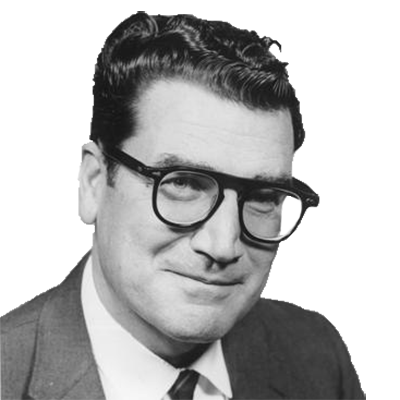 Jim Murray
Jim Murray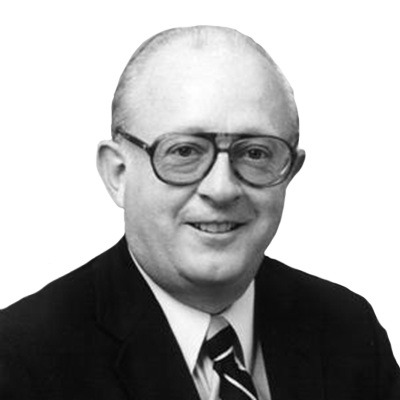 Dave Anderson
Dave Anderson Christine Brennan
Christine Brennan Mitch Albom
Mitch Albom Jason Whitlock
Jason Whitlock Claire Smith
Claire Smith Bud Collins
Bud Collins Bob Ryan
Bob Ryan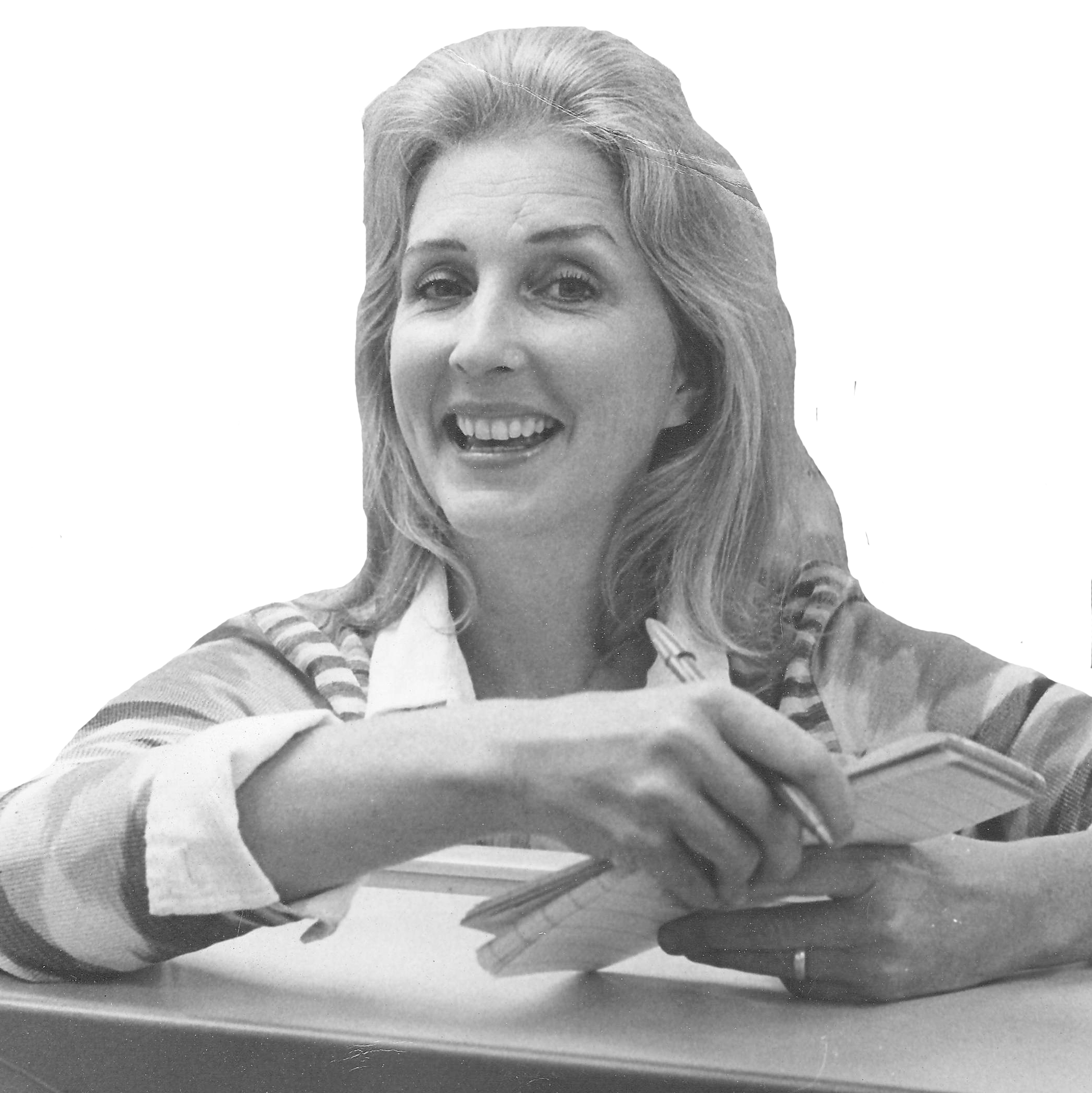 Joan Ryan
Joan Ryan Peter King
Peter King Wright Thompson
Wright Thompson John Feinstein
John Feinstein Lesley Visser
Lesley Visser Will Leitch
Will Leitch Tim Kurkjian
Tim Kurkjian Joe Posnanski
Joe Posnanski
 Adam Schefter
Adam Schefter
 Terry Taylor
Terry Taylor
 Frank Deford
Frank Deford
 Tom Boswell
Tom Boswell
 Neil Leifer
Neil Leifer
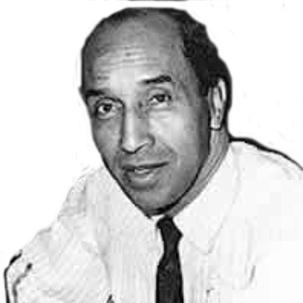 Sam Lacy
Sam Lacy Jane Leavy
Jane Leavy Kevin Blackistone
Kevin Blackistone Juliet Macur
Juliet Macur Andrew Beyer
Andrew Beyer Tom Verducci
Tom Verducci Hubert Mizell
Hubert Mizell Rachel Nichols
Rachel Nichols Dave Kindred
Dave Kindred Mike Lupica
Mike Lupica Richard Justice
Richard Justice Jerry Izenberg
Jerry Izenberg Bill Plaschke
Bill Plaschke Kevin Van Valkenburg
Kevin Van Valkenburg George Vecsey
George Vecsey Roger Angell
Roger Angell David Aldridge
David Aldridge Tony Kornheiser
Tony Kornheiser J.A. Adande
J.A. Adande Robert Lipsyte
Robert Lipsyte Ramona Shelburne
Ramona Shelburne David Remnick
David Remnick Bryan Curtis
Bryan Curtis Chuck Culpepper
Chuck Culpepper Jason Gay
Jason Gay Heidi Blake
Heidi Blake Dan Steinberg
Dan Steinberg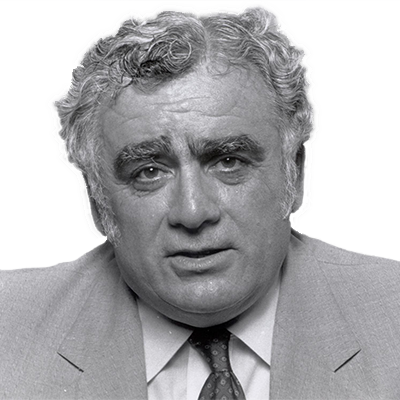 Jerome Holtzman
Jerome Holtzman Barry Svrluga
Barry Svrluga

